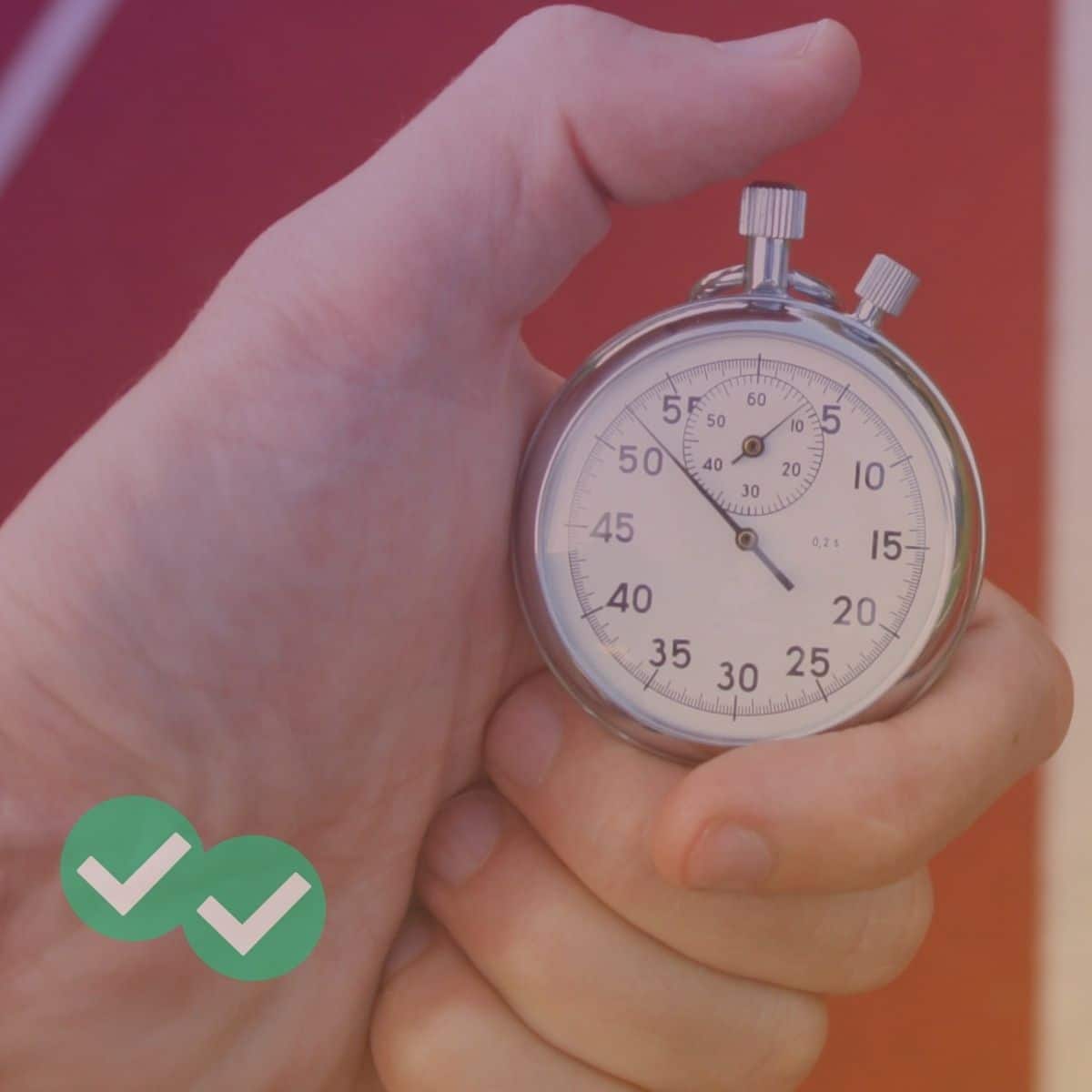
GMAT test takers have a variety of ideas and suggestions about how to tackle the challenge of GMAT Reading Comprehension. Some like to skim, or to speed read, or to read the first paragraph carefully and skim the rest. Perhaps there are individual test takers for whom each of those is a valid approach. For most people, though, I think there are three words that summarize the core of the RC strategy that will be the most successful for the widest variety of test takers. At Magoosh, we recommend: read carefully once.
Basics of GMAT Reading Comprehension
Just as a reminder. Your GMAT Verbal section will have 41 questions, which will be split approximately equally into the three question types: Sentence Correction, Critical Reasoning, and Reading Comprehension —- about 13-14 of each. The RC questions, obviously, will be “clumped” around passages. A “short” passage (200-250 words) typically has 3 questions, and a “long” passage (300-350 words) typically has 4 questions. On your GMAT section, you most likely will see three “short” RC passages and one “long” passage, although you could see two of each.
Reading the RC passage
What we recommend at Magoosh is: take time to read the passage — actually to read it. This would be 2.5 minutes for a short passage and 3.5 minutes for a long passage. From now on, in all your GMAT RC practice, set a timer when you read to convince yourself that these times are, in fact, ample for digesting a passage. GMAT RC is not about speed reading. It is not about a mad rush through a passage. It is about actually reading in precisely the way you will have to read articles and memos once you have your MBA and are out working in some management position. You want to be able to read it once and get what you need. Yes, you may have to go back and re-read a specific part to answer a detail question, but your first reading should be enough to give you the layout of the whole passage.
You goal is in reading is to follow the argument and understand it, but not to memorize. Map, don’t memorize! As you are learning, the practice of note-taking can help you develop this absolutely crucial skill. Students resist practicing with note-taking, thinking it will take more time, but in the long run, mastering the skill of “map don’t memorize” through note-taking is one of the biggest time-savings on the entire GMAT.
What notes do you take? Write down the main idea, preferably in ten words or fewer. Feel free to use arrows, symbols, any shorthand code that makes sense to you. Write down the main idea of the passage very briefly, and write down just as briefly what each paragraph is about. This is your “map” of the passage. Eventually, you will be able to dispense with the physical notes and do this entirely in your head. This is important to practice: DO NOT plan on doing on mapping a passage the first time on test day. Practice note-taking every time you read a GMAT RC passage, until you can seamlessly create a mental map every single time.
Here is one excellent test of your note-taking ability. One day, read a passage, at the relaxed speed we recommend, and take notes on it. Put those aside. A day, or a couple days, later pull out just those notes, not the passage itself, and try to answer the question from the notes. Of course, you will not be able to answer every question, but from your notes, you should be able to answer any “main idea” question easily, and for detail questions, you should have a good idea about where you would re-read in the passage to find that specific information. Over time, you can perform this same practice with your “mental maps” — read it once and set it aside —- maybe not a day later, but a little later, say, after a couple math problems —- then without looking back at the passage at all, answer a main idea question. Practice this way, and you will become someone who dispatches batches of RC question with lightning efficiency.
Summary
Read the GMAT RC passage once. Read it carefully, for understanding. Take notes, to learn how to extract a main idea and create a map of the flow of the passage, and use your map to locate details you need. You can practice right now on this free question.
1) http://gmat.magoosh.com/questions/3623





